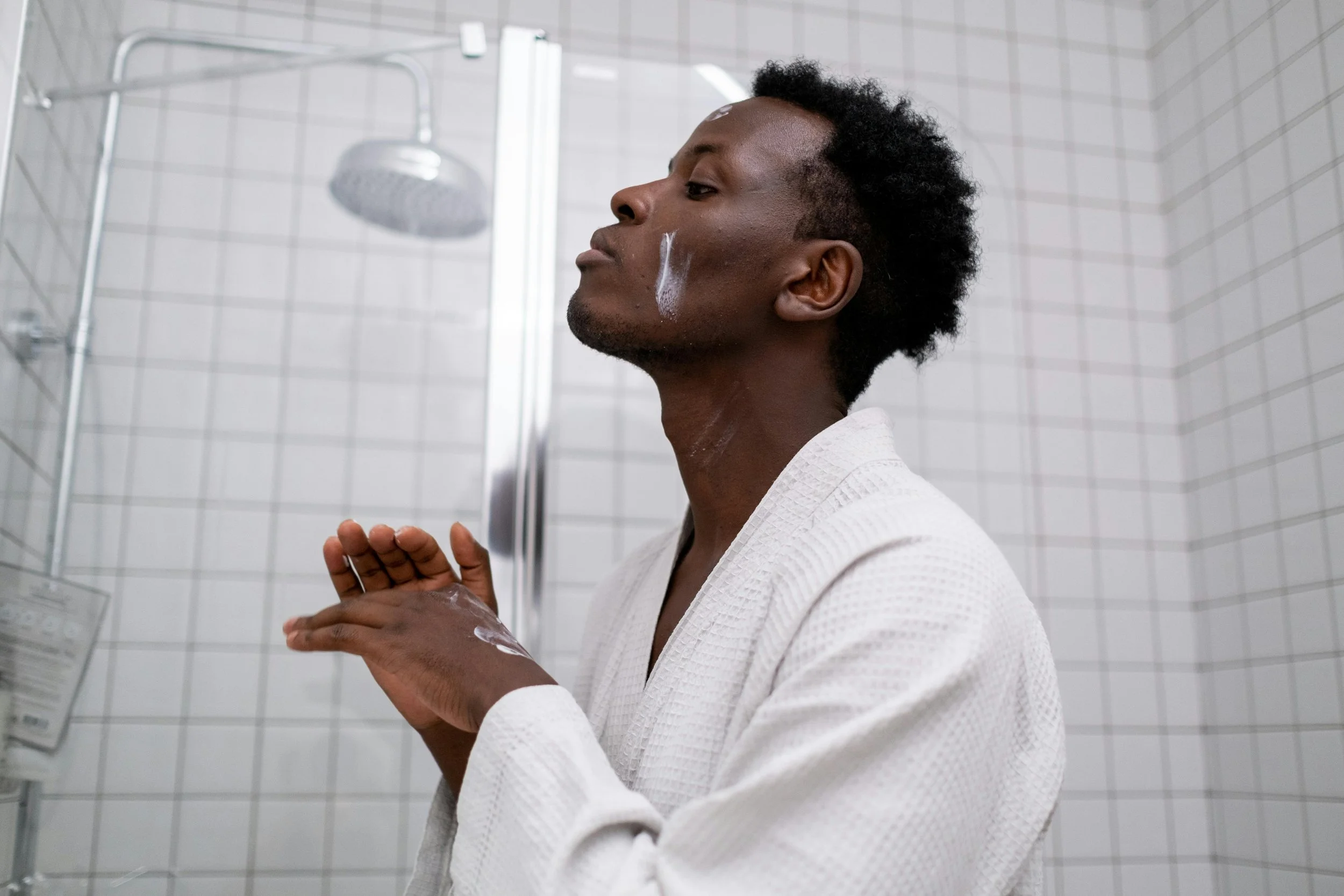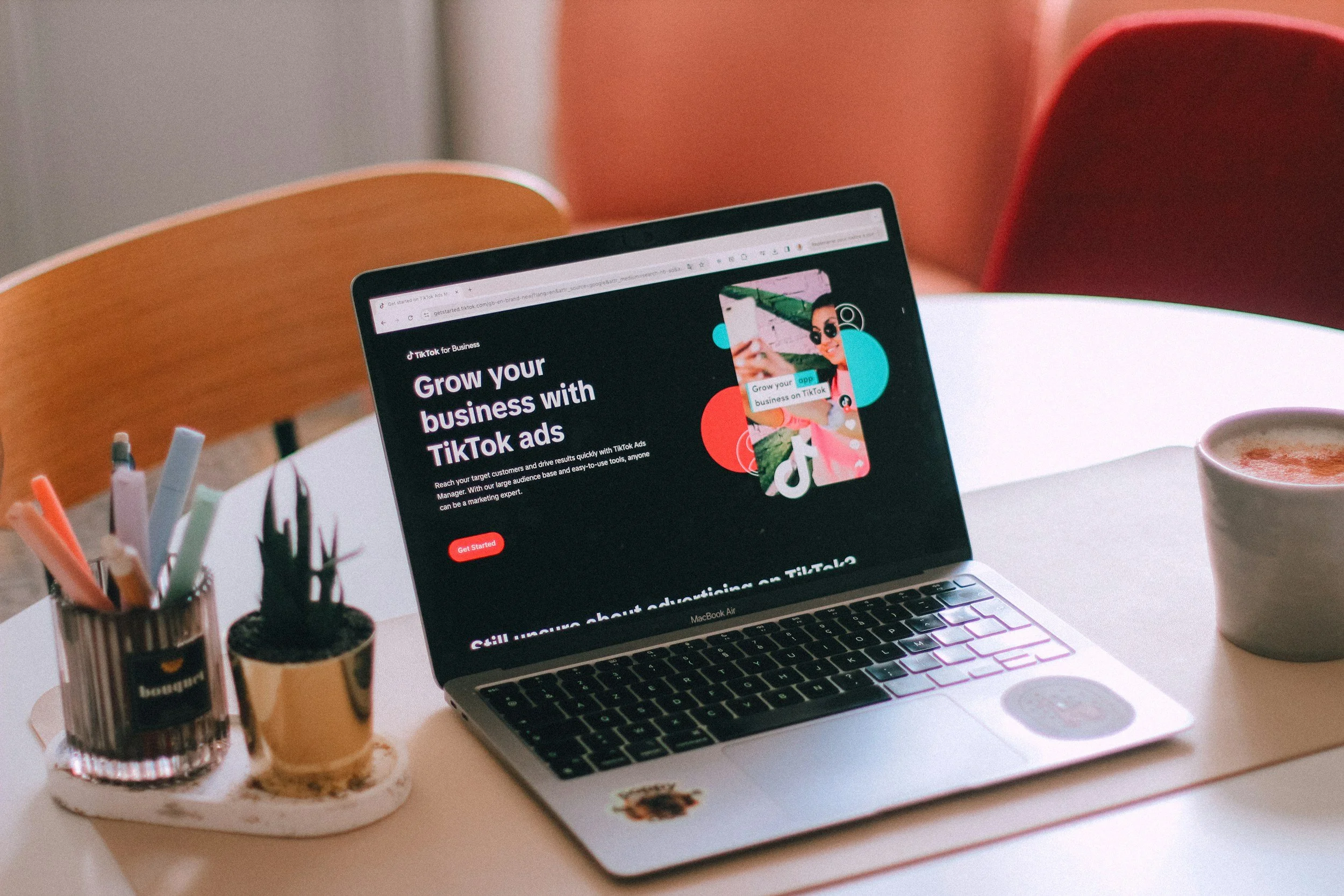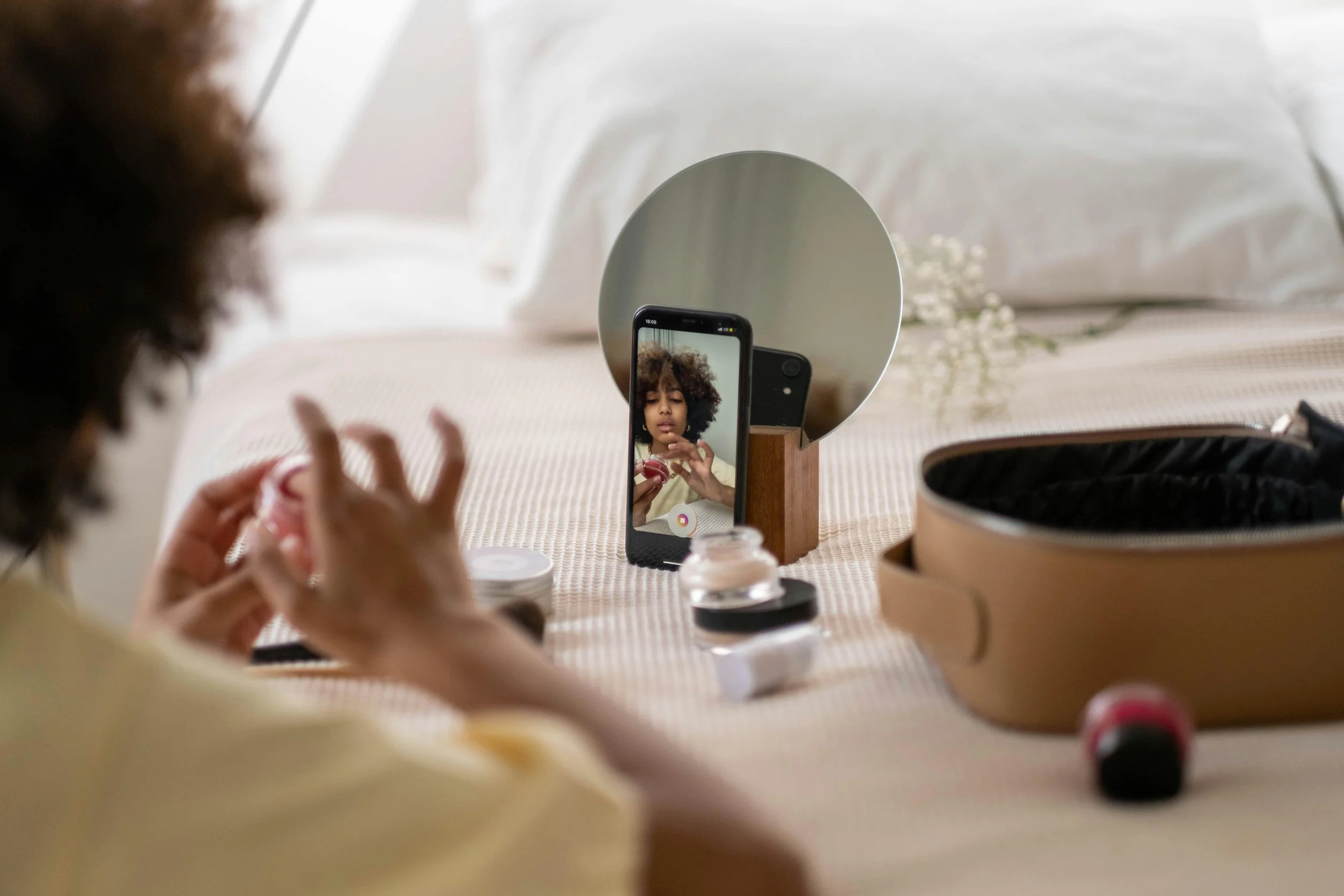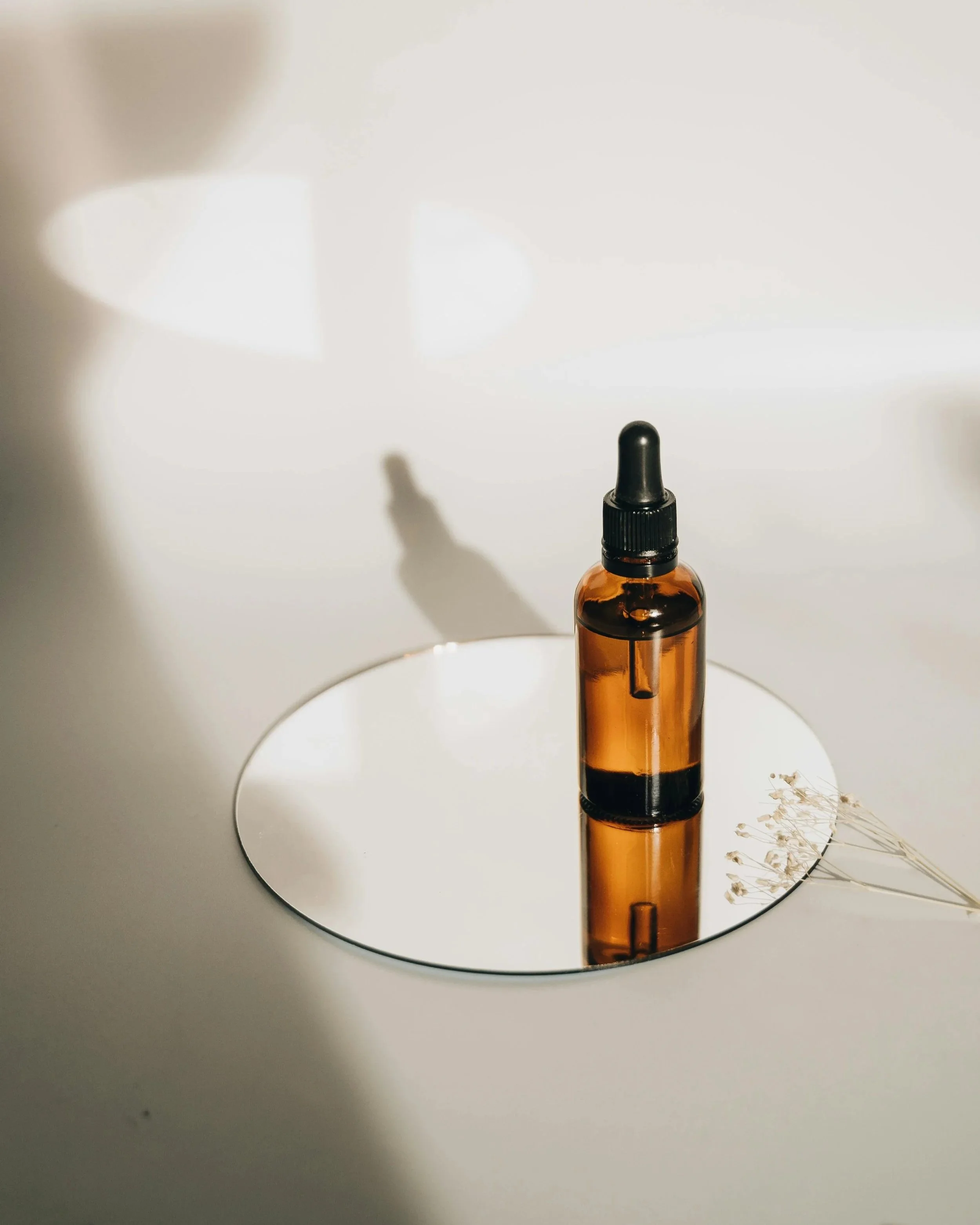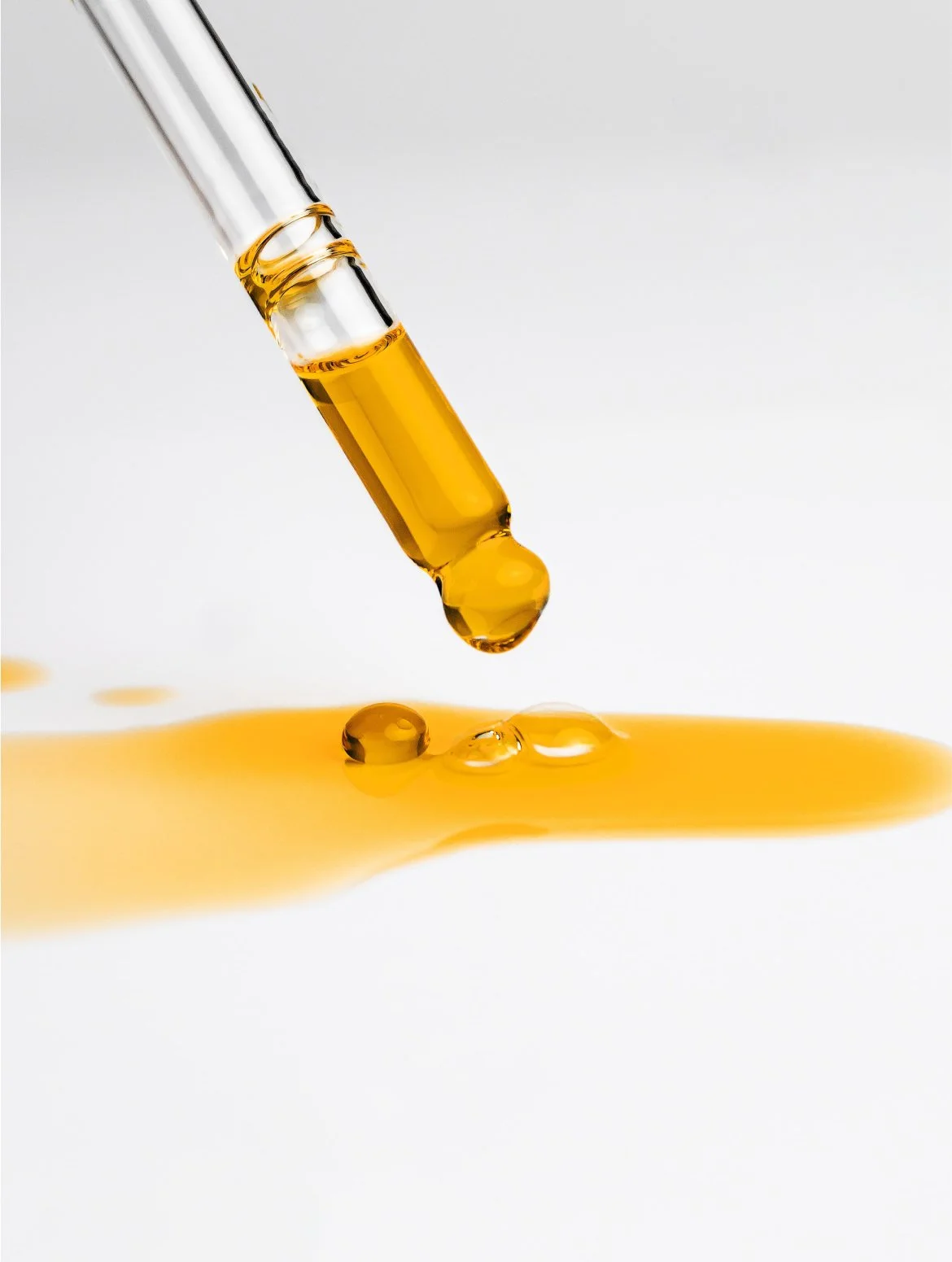How to Grow Your Beauty Brand’s Revenue
Did you know that as of now the global beauty industry is worth $450 billion? And through 2030, it’s projected to grow by 5% annually!
By opening this article, you’re already one step closer to discovering how to grow your beauty brand’s revenue and getting your share of this thriving industry.
Here you’ll uncover many useful tips and tricks that can help your skincare dropshipping business thrive. Let’s jump in!
Table of Contents
Adapt to the evolving beauty industry
When you’re looking to grow your revenue, it’s a good idea to study trending skincare ingredients, consumer behavior or even design trends. Researching trends can help you understand whether your business is not falling behind competition and what you can do to stay current and on top of the minds of your potential customers.
Let’s have a look at the top 3 key trends to watch in the beauty space this year and how it can help your beauty brand.
Multitasking products
In today’s fast-paced rhythm, consumers are shifting toward skincare products that can simplify their routines and do multiple things for the price of one. Say, it’s a moisturizer that contains SPF or a hydrating serum with anti-aging properties.
As of writing this article, I peeked into the Vogue Business Beauty Trend Tracker and noticed that, for example, this week hypochlorous acid spray is trending (134% growth in searches compared to the previous year).
The elevated searches for hypochlorous acid is a great example of customers looking for a diverse product. This ingredient is believed to do two main things: it kills acne-causing bacteria and has anti-inflammatory properties.
Selling multitasking products is a good way to catch on to the current market tendencies, without sacrificing your brand or its mission. Who doesn’t like a good, diverse skincare find, right? If you’re working with a private label skincare partner, check out their product offering and product descriptions thoroughly — you might even find out a product you already sell has more beneficial properties than you thought and that you could use when marketing skincare products in your store.
Minimalist routines
About 5 or so years ago, the big buzz was around 10-step skincare routines with products for every single zone, problem, and concern. In the past couple of years, however, consumer behavior is shifting thanks to the rise of the clean aesthetic and a more minimalist approach (or skinimalism).
Now people want fewer but diverse products, gentler ingredients, and to focus on skin health rather than overconsumption of products. This is likely to have multiple drivers, like product fatigue, sustainability concerns, the worry of overloading the skin barrier, and even genuine desire for authenticity.
For your brand, it’s a way to embrace and promote simplicity. Highlight your multifunctional products and market them with a “less is more” approach to resonate well with the fans of the clean aesthetic.
Sustainable packaging
Going through this list, you might notice a pattern starting to emerge: people’s shift toward multifunctionality, minimalism, and authenticity. The same is true for consumers’ continued interest in sustainability.
These days your customer most likely expects your brand to be transparent about the sustainability in all areas and especially packaging that gets left behind after the product’s been used.
Here are some ideas how you can work toward making your product packaging more environmentally-friendly (thus, more appealing to customers too):
Offer refillable packaging,
Have packaging made from biodegradable or recyclable materials,
Reduce outer packaging to minimize waste.
As always, you should check out what options your private label skincare partner offers to see what you can do to work toward a more sustainable future for your brand.
Stay true to your brand
While trends can be a useful indicator about where the market’s headed and what consumers are clicking with at the moment, they’re never the holy grail for every brand, and that is completely okay. You should look at trends as inspiration rather than instruction and stay true to your business’ mission and ideals.
Build a customer-friendly store
Next on our quest to find out how to grow your beauty brand’s revenue is to understand the importance of optimizing your online store. Let’s go through a list of non-negotiables I’ve landed on by going through thousands of ecommerce shops in my career. All of these aspects can have a direct impact on your revenue, so I suggest you read this part carefully!
User experience
When you’re building a new online store or refining your existing one, you should keep some golden rules of UX/UI in mind so your potential customers can have a seamless and easy experience in your store that converts their interest into real sales. Here they are:
Optimized for mobile: it’s known that nowadays most of the ecommerce sales take place on mobile so your store has to be perfectly optimized for mobile users, making it simple to shop on the small screens.
Fast loading times: your potential shoppers are impatient and keeping their attention is getting harder, so don’t waste those precious seconds that can make or break a deal, and make sure your site loads as quickly as possible.
Intuitive navigation: build your store logically and in a comprehensible way — don’t throw all products into one big pile — set up categories and filters that will simplify finding the best item for each customer.
Product pages
When a customer lands on a product they’re interested in, the page they’re on is one of your last chances to leave a lasting impression and make a sale. Pay attention to quality product pages which you can achieve by:
Writing detailed product descriptions. All your customer needs to know about your product should be in the description (benefits, properties, usage instructions, ingredients), so they can make an informed purchase.
Showcasing social proof. I’m sure you also always value the opportunity to read other people’s experience with a product you’re about to buy to understand how it works in real life, and the same is true with your customers.
Cross and up-selling. Product page is the best place where you can cross and up-sell your products. You can do it a couple of ways: show your customers products that are often bought together, offer bundles that the product on the page is a part of, or present them with complementary products.
Checkout optimization
Phew, we’ve gotten so far, your customer has put your product in their cart and is about to check out. What now? To make one of the last touch-points with your customer as breezy as possible for them you should:
Offer multiple payment options. Make sure to give your customer the ability to pay with credit and debit cards, Apple Pay, Google Pay, and PayPal. Bonus points if you offer Klarna or AfterPay options! This way you’re not losing customers with limited payment options and once again make their life much easier.
Not force account registrations. Speaking from my personal experience, so many brands have lost me at the point when they’ve forced registration on me. Let your customers register with you (if you offer such a thing) or leave their contacts with you, whenever they feel naturally ready, and don’t try to coerce them to do it at the last step.
Show transparent shipping information. At the checkout you should include clear information about when the product will be shipped, when your customer can expect it, and after all, how much it all costs for them. Be transparent and honest to get repeat customers.
Marketing skincare products and more
Your skincare dropshipping brand’s products might be great, but without effective marketing strategy they might be overlooked by potential shoppers. Here we’ll explore how to get your brand in front of the right eyes, create lasting connections, and turn casual shoppers into fans.
Leverage the strengths of digital marketing
Everything’s gone digital and so has marketing. Of course, traditional marketing still exists, but with the accessibility of smart devices, a lot of our time is spent online. That’s why it’s a great place to look for and attract new customers. Let’s have a look at how to grow your beauty brand’s revenue with digital marketing tools!
Use SEO to its full potential by optimizing your product pages, blog content, and things like ingredient list to attract all organic search traffic from search engines. Do your homework, AKA keyword research, to see keywords that your customers actually use and integrate them into the content on your website.
Can’t forget about the importance of social media! In my opinion, all beauty brands should be on social media platforms and actively educate, inform, and even entertain their existing and potential customers. So much of the beauty industry talk happens on social media so not establishing a clear social media strategy on Instagram, Facebook, TikTok, and other platforms, just seems like a missed opportunity.
Another good idea is to look into paid advertising. You can test out Meta Ads, TikTok Ads, even Google Shopping campaigns to reach new customers you couldn’t otherwise. Setting up basic campaigns is easier and you could do it on your own, but if you have no prior paid advertising knowledge, I’d suggest at least consulting with a marketing professional. They could help you set up campaigns that’d allow you to retarget your store visitors and abandoned carts to bring customers back.
Build (genuine) hype with influencers
As an extension to your efforts in the digital world, a good idea is to think of crafting an influencer strategy for your beauty business. Influencers are amazing when it comes to spreading the word of already great products that more people should know about — like yours!
Your first step should be finding and writing down influencers that share your values and attract the type of followers that would love your brand and the products. This way your partnership with the influencer will be genuine and yield real results on your store.
My suggestion is to start by approaching micro-influencers. First of all, because as a brand looking for growth, you might not have a bunch of free financial assets, but also because influencers of this size have higher engagement from their followers and elevated trust from the audience overall.
Another strategy you can use is to create long-term partnerships instead of one-offs. That’ll build more credibility of your beauty brand and show the influencer’s authentic attitude toward the products.
Turn shoppers into fans
When you’ve built your initial community of customers, you should keep nurturing it because return customers and fans of your products are invaluable to your brand. Word of mouth marketing is one of the hardest to achieve and every brand owner’s dream, and these are the people that will do that for you, as long as you keep up the relationship. Let’s see how you can build and take care of these precious relationships.
Loyalty programs and offers are a good starting point. You can reward repeat purchases and referrals with discount codes, offers on shipping costs, and so on.
You can establish loyalty programs through email marketing. Incentivize your customers to sign up to receive personalized content, maybe even early access or exclusive offers for new products. Apart from email, you can do community building elsewhere too, like on private Facebook groups, an Instagram or a Whatsapp community, and so on.
To finish off this part about relationship-building, I want to remind you that even small things go a long way, if that’s all you can do at the moment. A small note, a gift, or a surprise sample product in your customer’s order can be the driving, heart-warming factor that may lead them to suggest your skincare brand to others.
Next steps for scaling your beauty brand
Looking to grow your beauty brand’s revenue, you should always keep your customer in mind. Happy customers = more sales = higher revenue.
When you keep an eye on trends, make your online store easy to shop, and choose marketing strategies that are natural for your brand, you’re setting yourself up for long-term growth.
No matter if you’re just getting started or trying to take things to the next level, the most important thing is to stay focused, be ready to adapt while staying true to what makes your brand special.
Frequently Asked Questions
-
Optimizing your online store is critical for converting interest into sales. Make sure your site is mobile-optimized and has fast loading times. Improve user experience with intuitive navigation, and optimize product pages with detailed descriptions, social proof (like reviews), and options for cross-selling or upselling. Finally, streamline the checkout process by offering multiple payment options and transparent shipping information.
-
To attract new customers, leverage the power of digital marketing. Focus on SEO by using relevant keywords in your product pages and blog content to attract organic traffic. Develop a strong presence on social media platforms like Instagram and TikTok to educate and engage your audience. You can also explore paid advertising to reach new customers and retarget those who have already visited your store.
-
Turning first-time shoppers into loyal fans is key to long-term growth. To build a strong community, consider implementing loyalty programs to reward repeat purchases. Use email marketing to offer personalized content and exclusive deals. Even small gestures like a handwritten note or a free sample in an order can make a big difference and encourage customers to become brand advocates.
Must read



